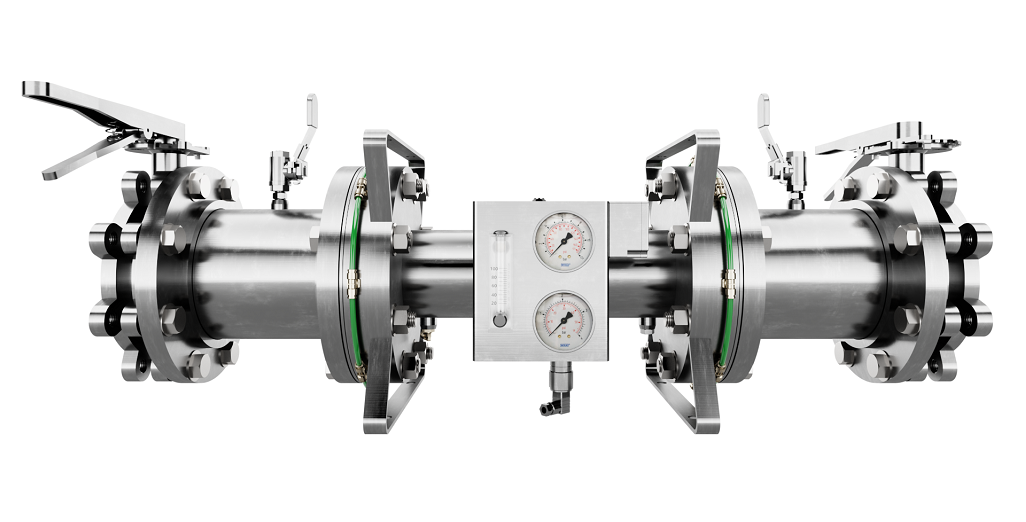Sign up here to subscribe to the Grower2grower Ezine. Every two weeks you will receive new articles, specific to the protected cropping industry, informing you of industry news and events straight to your inbox.
Dec 2018
Target Figures

Target Figures
I was asked a question regarding the article I posted ‘What time should I start and stop my irrigation?’ The question was “What about the amount/doses of water, do they vary by morning to afternoon or are they the same?”
This is a very important question. My thoughts below:
Example: If target EC and WC figures have been achieved by mid to late morning and 30-40% drain has been realised. By early afternoon, your substrate should be at the maximum WC target level and EC at the low end of you target. From this period onwards, if you monitor runoff levels and find that it is increasing unnecessarily, you have options. Either increase the solar trigger between irrigations or reduce shot size. If you reduce volume per cycle, make sure the irrigation is as accurate as possible (minimal standard deviation between drippers).
Several environmental greenhouse computer systems only have the ability for you to change volume/per cycle manually, the same applies with the solar trigger. Some growers, with more technical environmental computer systems, are able to set different times/periods where the computer will automatically change the solar trigger and volume of water per cycle applied. There are some great real time data collection systems which allow growers to see when and how much drainage percentage they have after every irrigation, as well as constant, real time WC and EC data. This data/information is the basis for an irrigation strategy. If and when you start achieving high and unnecessary drain, (probably in the afternoon period) the grower interprets the data and will alter their irrigation strategy. Variety, age of crop, time of year and target figures will have a bearing on each grower’s plan.
My goal is to reduce or even eliminate unnecessary irrigations. An important consideration is the cost of an irrigation including, water, fertilizer, electricity and excessive/unnecessary wear and tear on irrigation equipment. The potential harm to the plants root systems, by continually overwatering, is a major growing consideration. In my first two season as a grower, I grew in pumice and then I was persuaded to change to stone-wool. For the first year or so I totally overwatered in the stone-wool substrate. It took me time to adjust and trust my advisor when he told me I was hurting my plants with kindness. I did realise that by over irrigating I was causing more harm than good. Growers have different opinions on substrates, which is absolutely fine, but what is probably universal is that each substrate and volume of substrate you use will have a set of target figures of WC and EC you will need to have to get the best out of your product.

I appreciate your comments. Please feel free to comment below or on the grower2grower Facebook page:
https://www.facebook.com/StefanGrower2grower/
Article Written by Stefan Vogrincic, Consultant, Grower2Grower
What time should I start and stop my Irrigation
My favourite subject!
“What time should I start and stop my irrigation?” This is the question I am asked more than any other, especially as we approach summer. Leading into late spring water usage, by the plant, is increasing so irrigation needs to follow suit. For each individual crop, determined by crop age/fruit load and substrate you are using, I would advise you use WC and EC target figures. Different substrate will have a bearing on advised target figures.
STOP TIME:
The time you chose to stop irrigation in the afternoon will be very dependent on your substrate. Overnight, various substrates will all dry-down differently. Certain substrates are hydrophobic and some are not. Like clothes when they dry, the substrate will naturally release moisture. How much of a substrate is not covered in plastic will effect dry-down.
START TIME:
Generally, I would start irrigation one hour after sunrise. Outside weather conditions should be considered. In the past I have been advised to irrigate very differently. One consultant advised to begin at sunrise, to immediately start refreshing the substrate replacing what had been lost throughout the night. One reason for this technique is to reduce the delta EC. The theory, why stress your plant when you don’t have to and why make the job managing the rootzone harder.
It was explained by another person that if you irrigate too soon after sunrise you will damage root hairs. I have also heard you should not start before you have 10% dry-down, because only then you are aware the plant is fully active!!
What I can tell you is how I would irrigate my plants. This time of the year, I would have a fixed time start, one hour after sunrise. During January this could be sunrise depending on variables.
TARGET FIGURES:
Target water content (WC) and EC guidelines will change between crop stages and seasons. If you don’t have a sensor to measure WC in the slab, then using weigh scales is an option. If you have neither then use EC tested from runoff as your guide. Daily checks are advised.
For years I worked on the basis I needed to achieve 30% runoff on average, each day. Though there is still merit in that, I prefer to use WC and EC targets to manage a crop. Crop reports are integral for advising on target figures.
Growers all have slightly different growing setups. I don’t know any growers who plant on the same day, with the same variety or use the same substrates. For that matter the same volume per plant of substrate.
In Conclusion (tomato):
I would prefer you started earlier and stopped earlier, and possibly use a 'night shot' if your substrate is drying down more than 10% over night. For more specific advice on this subject please contact me.
CLASSIFIED
Subscribe to our E-Zine
More
From This Category
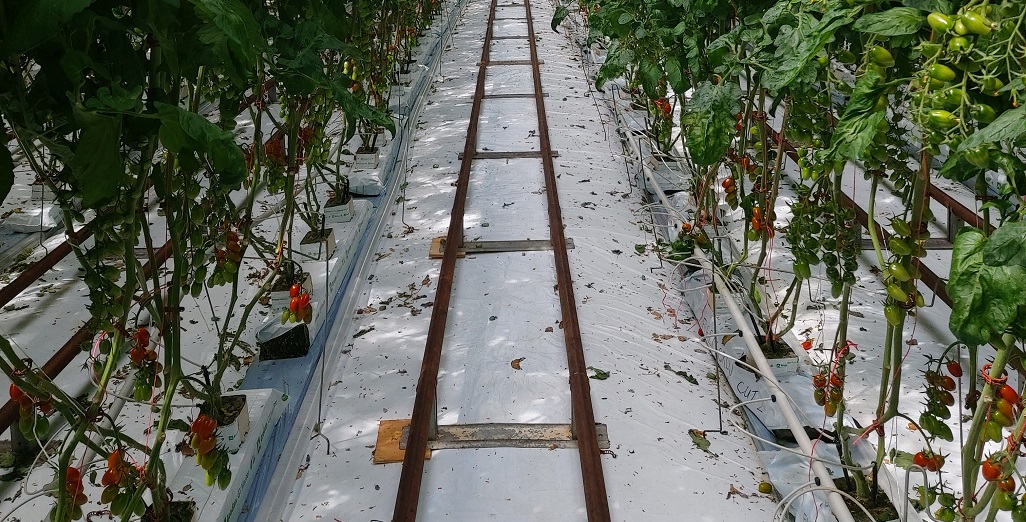
(Best of 2024) Fleecegrow turning wool into substrates a reality
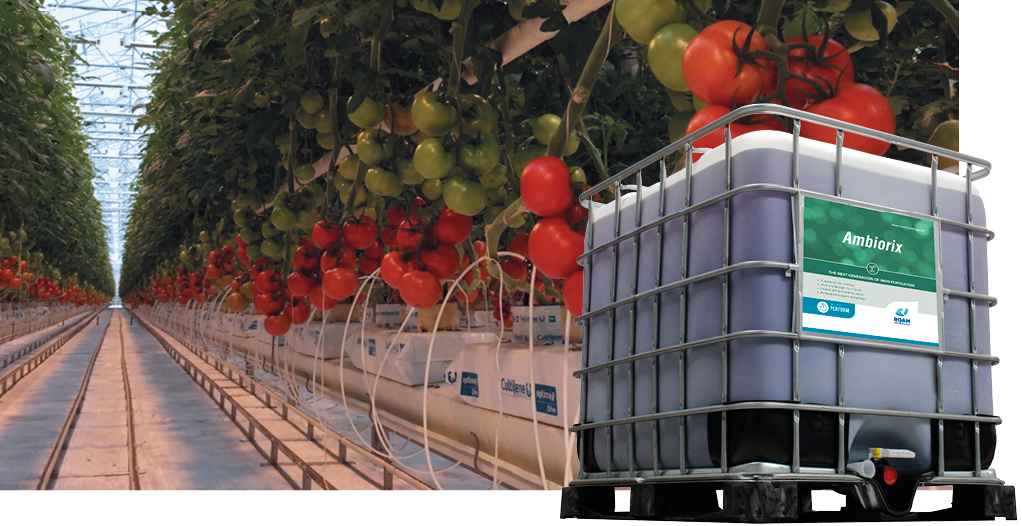
Less fertilisation and higher yields with Ambiorix iron polyphosphate

Bluelab Introduces OnePen™
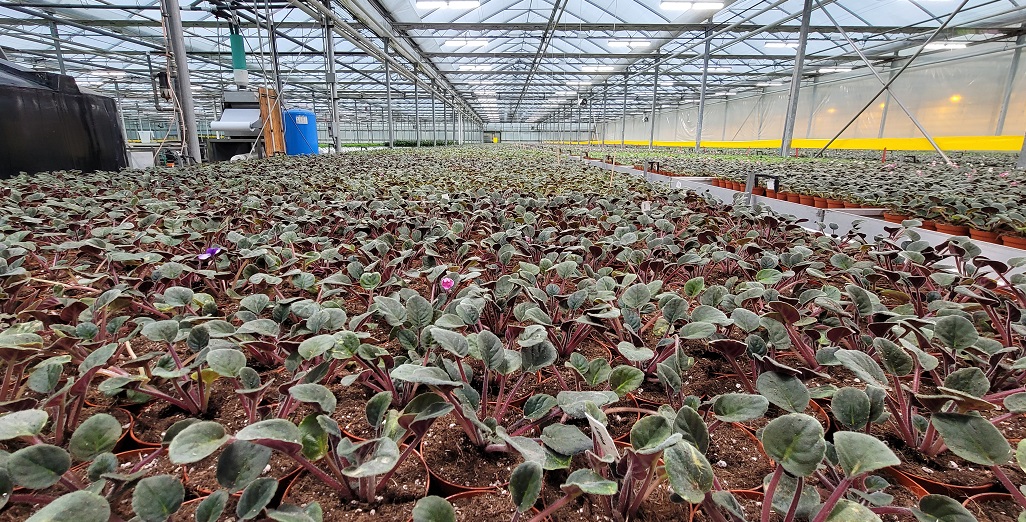
Free Webinar on Controlling Waterborne Pathogens in Greenhouses
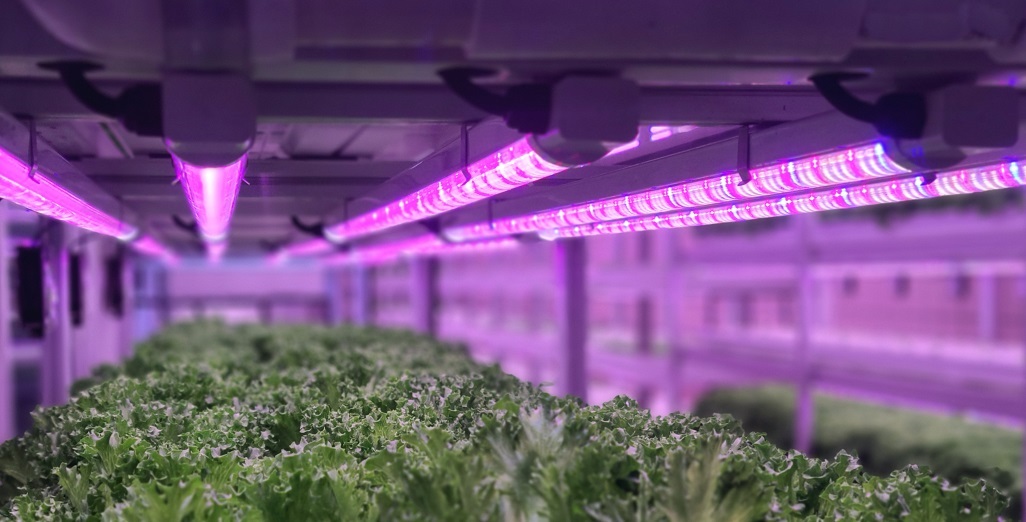
Whitepaper elaborates on safe recirculation of irrigation water
